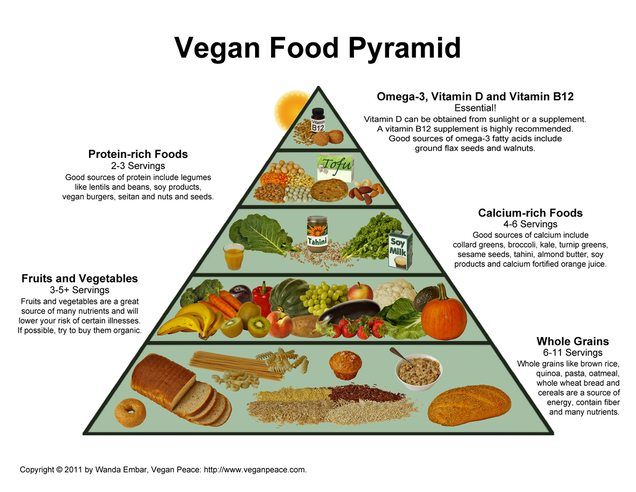NUTRITIOUSANDNICE.COM

Lipids have an important function to play within the body. As well as being a long term energy store, they help to maintain body temperature, and insulate and protect internal vital organs. They are stored principally within adipose tissue in the form of triglycerides, and can be used as a form of energy when required, providing 9kcal/g of energy. They are contained in cell membranes in the form of phospholipids and sphingolipids. The latter being found in nerve cells and brain tissue. The myelin sheath which insulates nerve cells is almost 80% fat.
The two main types of fats are, Saturated, which is solid at room temperature, and Unsaturated, which is liquid. Unsaturated fats can be further divided into Monounsaturated and Polyunsaturated (PUFAs). This is related to the number of hydrogen atoms they possess. Most vegetable oils are high in PUFAs.
Fats are obtained mainly from meat, dairy food, nuts and seeds, but most foods contain some fat. Saturated and unsaturated fats can be further sub-divided into, long, medium, and short chained fatty acids, which will have different properties, and differing functions within the body. Generally the more saturated tend to have structural properties, while the unsaturated play more of an interactive role. Two polyunsaturated fatty acids, Linoleic (omega6) and Alpha - linolenic (omega3) are considered Essential Fatty Acids in that they cannot be synthesised in the body and need to be obtained through the diet. Lipids are also involved in metabolic regulation, for example, steroid hormones. They are also required for the uptake of certain nutrients, for example the fat soluble vitamins; A, D, E and K.
Sterols
They have a ring-like structure, highly hydrophobic and structurally rigid. Cholesterol is a steroid hormone that plays an important role in the; transmission of nerve impulses, formation of Vitamin D, the synthesis of testosterone and oestrogen and the formation of bile. It also helps provide stability to the phospholipid structure of the cell wall. Cholesterol is manufactured by the liver and also obtained through the diet. The liver produces cholesterol on demand. As the body's total cholesterol level increases its synthesis decreases. However this process may be compromised when cholesterol intake through the diet is very high. High levels of cholesterol in the blood is linked to:
- Low fibre intake
- High sugar
- Excessive intake of caffeine
- Stress
- Lack of exercise
- Smoking
- High fat intake when accompanied by nutrient deficiency in the diet
Also the body requires a good fibre diet to help get rid of any excess. Cholesterol synthesis also produces the regulatory hormones; cortisol, dehydroepiandrosterone DHEA, testosterone and oestrogen.
Lipids are susceptible to damage, Oxidative stress (Reactive Oxygen species ROS). An increase has been linked to a number of degenerative conditions within the body, such as, atherosclerosis. ROS is created as a result of a number of physiological processes, for example, during the production of ATP (the energy currency of the body). This occurs within the mitochondria of the cell. Reducing the potential free radical damage the body utilises antioxidants; Vitamin C, Vitamin E, Glutathione, Lipoic Acid, Cysteine, and Coenzyme Q10. Also the supporting enzymes, Superoxide Dismutase (SOD), Glutathione Peroxidase (GPO) and Catalase, which require the minerals, zinc, copper and manganese.
